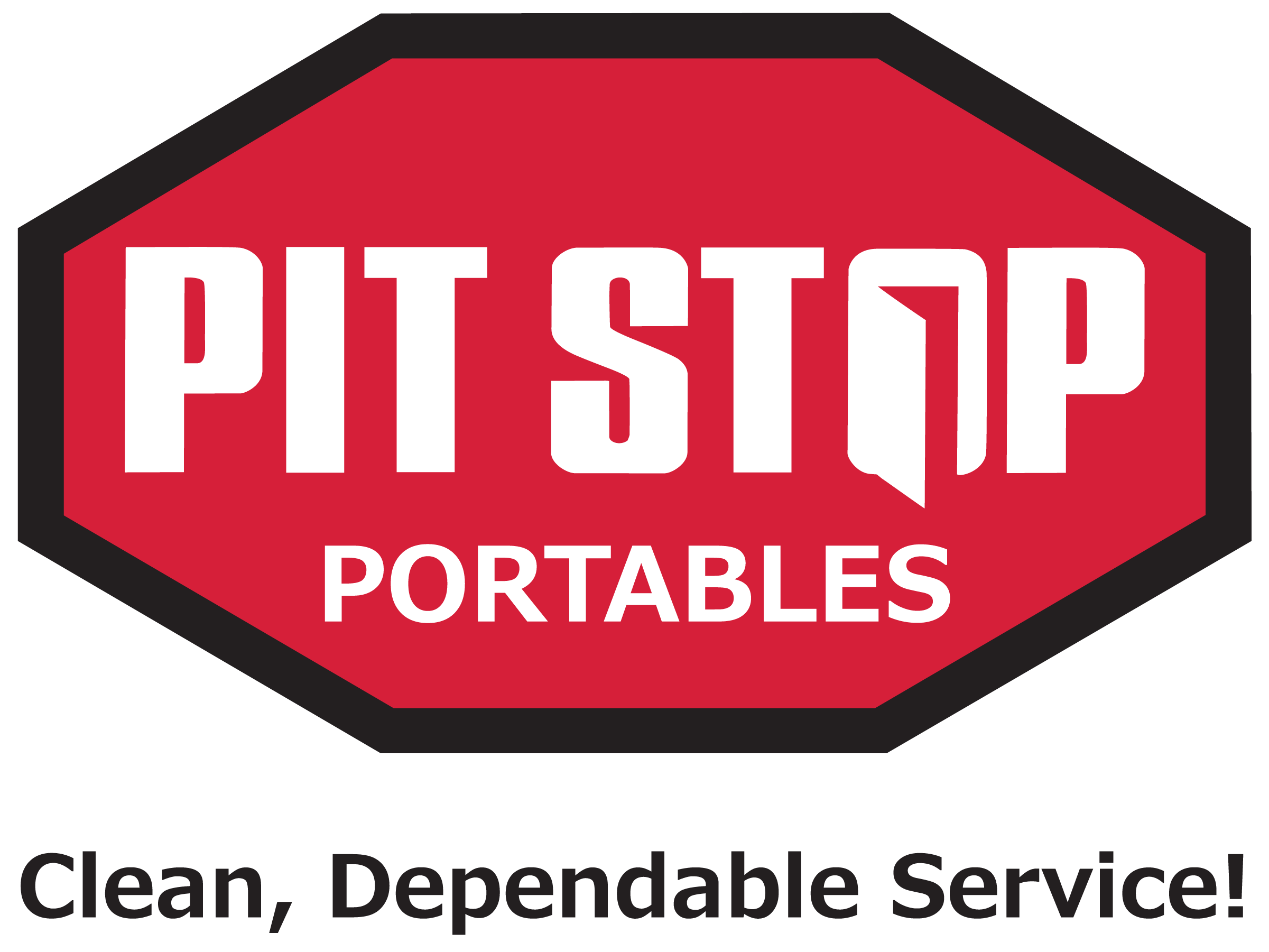If you’re installing a septic system – or living with one – you should know the basics of how they work. Septic tanks are designed to collect and treat sewage and wastewater from the property. They separate solids from liquids and disperse the liquid layer into the drain field for treatment. In order to do this, the tank works from full liquid capacity. Light solids float to the top, heavy solids sink to the bottom, leaving a layer of water in the middle called effluent. The effluent then exits the septic tank through the outlet pipe and dissipates into the soil for treatment.
What was once a temporary solution to waste management has become a long lasting one. Like a car, if you stay on top of the small stuff it will last you decades, if you procrastinate it could trigger a costly domino effect. To avoid the latter, follow these simple servicing tips to have a happy, healthy septic system.
Find out your recommended pumping timeline.
Like oil in a car, a septic tank should be pumped before there is any indication of a problem. Based on the size of the tank, the number of residents and their lifestyles, a septic tank should be routinely emptied be it every year or every five. Give us a call at 1-888-556-0777 to speak with our excellent customer experience team who can help set up the perfect servicing schedule for your lifestyle.
Know the access location of your tank.
Your home’s plumbing exits the house through one main sewer pipe and should travel directly out to the septic tank. Gravity systems are graded to ensure waste flows to the septic tank. Probe with a shovel or re-bar to map out the septic tank. Due to the airspace inside, a hollow clunk will echo once the septic tank is found. Some tanks have ground level access; others will require you to dig to expose the access point. Some homeowners install risers over each lid, bringing access to the surface so digging is no longer required.
Getting your system pumped.
Septic waste is removed through the large manway on the septic tank itself. A two-hour scheduling window is necessary to allow for servicing and traffic tie-ups. Pumping out the septic tank usually only takes a half hour. Set up and wrap up depends on access unique to each property. If there is an outlet filter in the tank or in a secondary tank it too will be cleaned.
What to expect after a service.
Septic servicing removes all accumulated waste – both solids and liquids – from your system. The septic tank is designed to work from full liquid capacity and will be “full” (of water) again after a week. The process begins anew; solids settle into the tank and the liquid displaces from the tank through the system, percolating through the ground for treatment.
For more information on septic systems, what to look for and what could go wrong, check out our FAQ.


